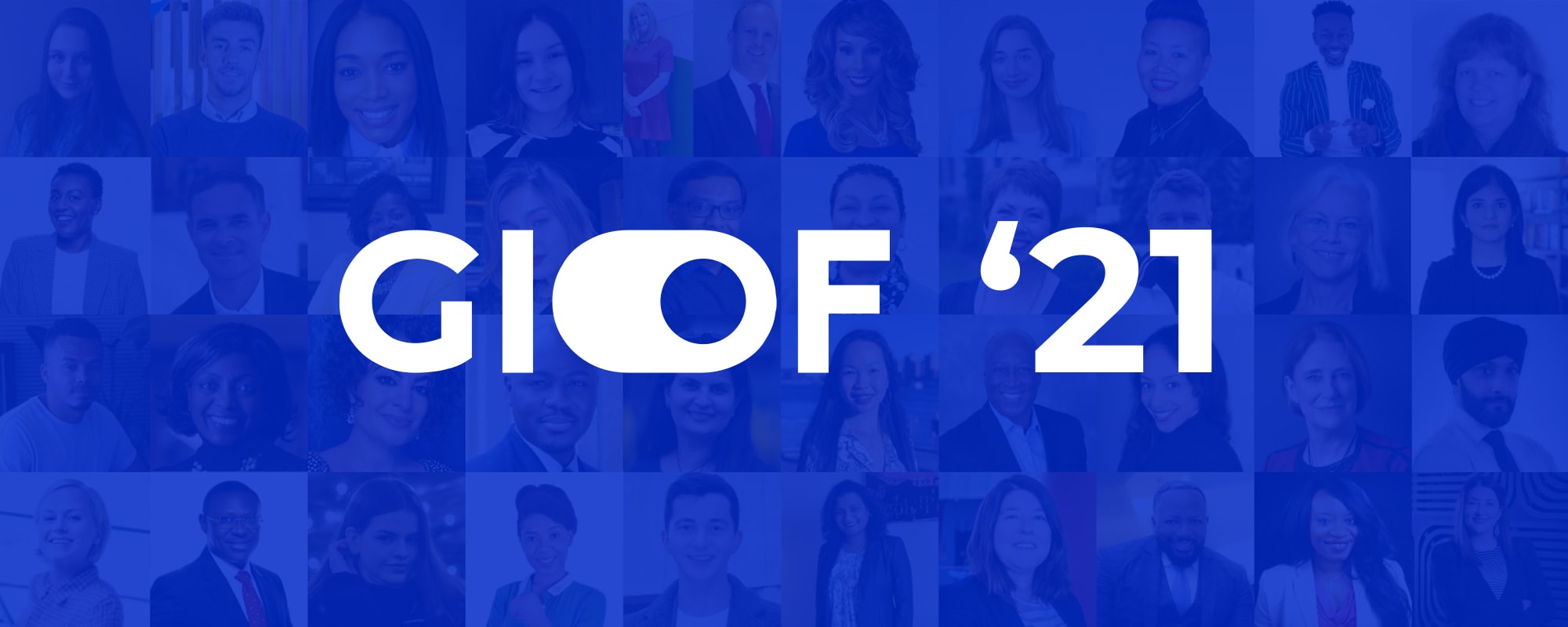How can we achieve gender diversity in a nondiscriminatory way?

The conversation about gender parity in the corporate sector and especially at the board and c-suite levels has been growing in the last two decades. Most large corporations now have publicly announced gender representation goals. Some governments, particularly in the EU, have even adopted legislation obliging large corporations to have at least 30% of each gender represented on the c-level and on boards.
Numerous research studies conducted by academia, NGOs and top global consultancies demonstrate the need for more women in leadership. However, this objective is easier said than done.
First of all, when aiming for percentages, companies are likely to violate local laws which ban demographic or identity-based quotas, such as in the US, the UK and many other countries. Being unable to openly advertise their job openings as preferably filled by women, companies use various hidden internal policies, barriers, and incentives to prevent male candidates from advancing within the application process, giving female candidates more chances to be hired.
This practice obviously irritates the male population. Women themselves suffer from it as well. As my own story with a famous Fortune 500 company shows, every new woman in organizations using gender quotas is perceived as a result of those quotas, not her talent. As a result, she is considered a threat to her male colleagues’ careers. My story is not unique; you can find numerous complaints about gender quotas in public discussion forums like Glassdoor and Quora. These stories are one of the primary reasons for growing diversity fatigue in the corporate world.
In light of this, should companies help women advance up the corporate ladder? And is there a way to achieve this without hidden quotas and legally dubious incentives? Numerous research studies show that companies with more women in leadership are likely to perform better financially. For example, in 2019, McKinsey and Company in their special report on women in leadership found that companies with more gender-diverse leadership teams tend to perform better than those with less diverse teams. For example, companies with more women in top management positions tend to have higher financial returns, higher employee engagement, and lower turnover rates.
A number of studies show key behavioral differences between men and women in leadership that may strengthen the push for diversity. A recent study called "Gender Differences in Leadership Style, Job Stress and Mental Health in Male- and Female-Dominated Industries" by Anika Liversage and Tina K. Dalgaard, published in the Journal of Business Ethics in 2020, found that female leaders were more likely to use transformational leadership styles which emphasize collaboration, empathy, and personal development. In contrast, male leaders were more likely to use transactional leadership styles, which focus on rewards and punishments to motivate employees. One of the most important findings of the above and many other studies is that besides the clear average tendencies in male and female leadership styles, there is no prevalent quality in one gender that cannot also be found in the opposite gender. This means that companies can find both men and women who are assertive, empathetic, use an interpersonal and command approach to leadership, and take high and low amounts of risks.
Therefore, companies who want to benefit from gender diversity should shift their focus from biological and sexual characteristics to the search for skills and qualities that they believe will lead their companies to their established goals. In other words, they should look for that unique mix and distribution of the qualities that would best implement their company’s vision and strategy.
Consequently, the main focus of companies, consultants and academia in the next decade should be finding ways to identify and efficiently test the most necessary leadership qualities as well as establishing methodologies on defining the right composition of those qualities in each team member and leadership team, regardless of gender.
Blind hiring and interviewing methods are one tool that can help companies abandon talks on gender discrimination. When implemented, such policies will begin producing far more effective teams and leaders, leaving gender equality debates in the past.
Article by Kostiantyn Gridin,
Global Inclusion Online Forum Big Ideas Officer

 Blind Hiring Summit: Embracing the New Age of HR
Blind Hiring Summit: Embracing the New Age of HR DEI Data Summit
DEI Data Summit Diversity Fatigue Summit
Diversity Fatigue Summit GIOF 2022 Annual Meeting
GIOF 2022 Annual Meeting Banking for everyone: Arising accessibility trends in banking and financial services
Banking for everyone: Arising accessibility trends in banking and financial services GIOF 2021
GIOF 2021 GIOF 2020
GIOF 2020